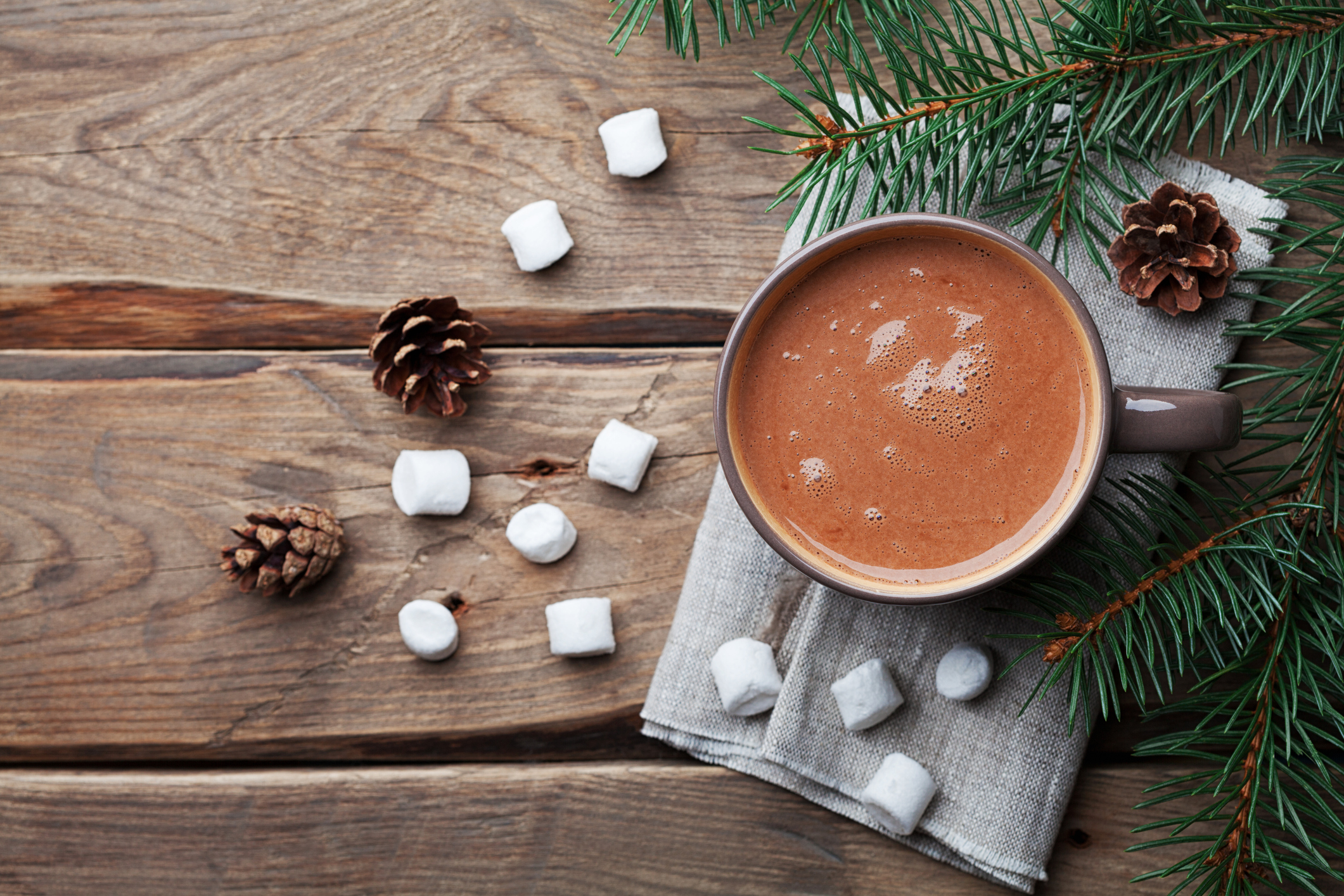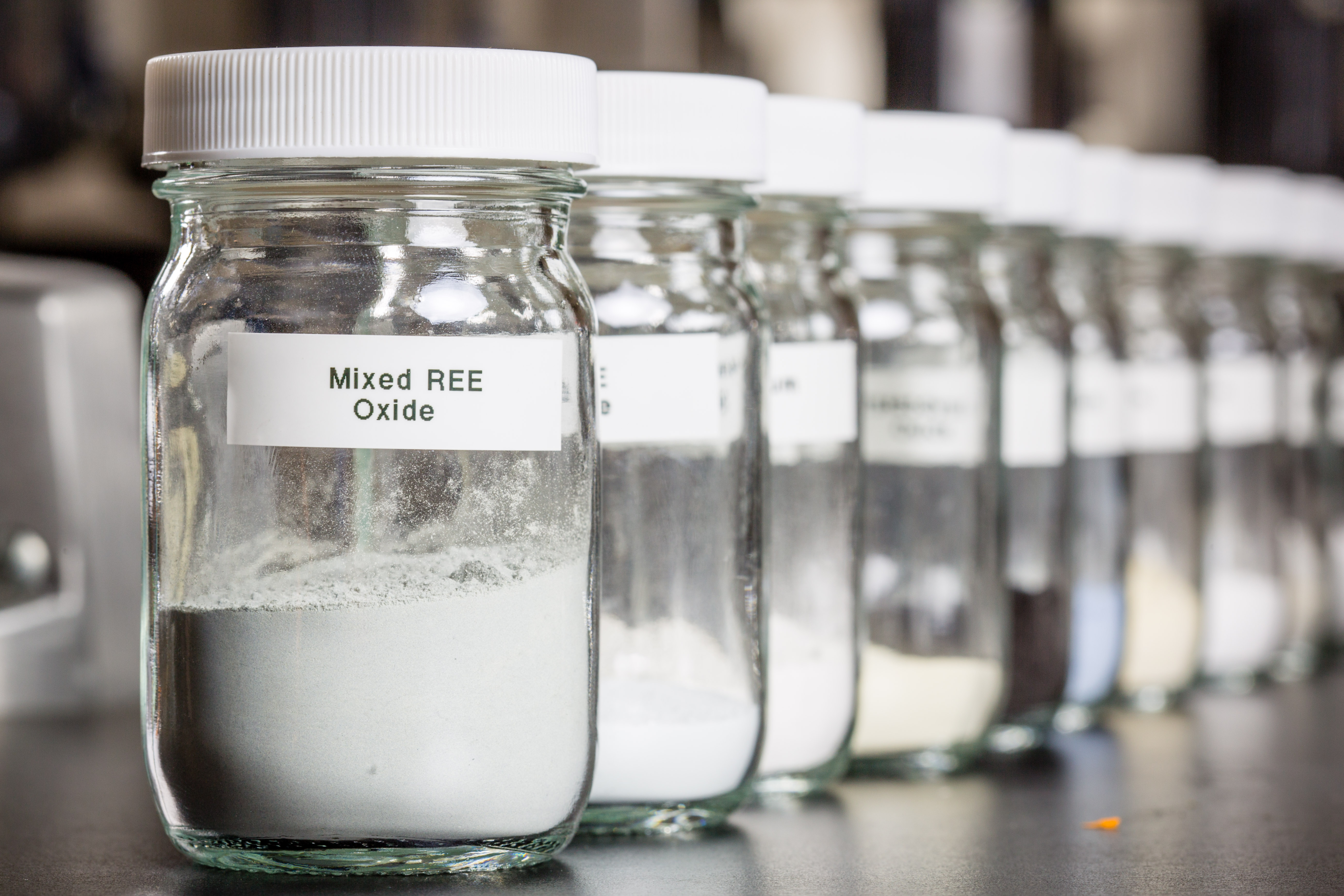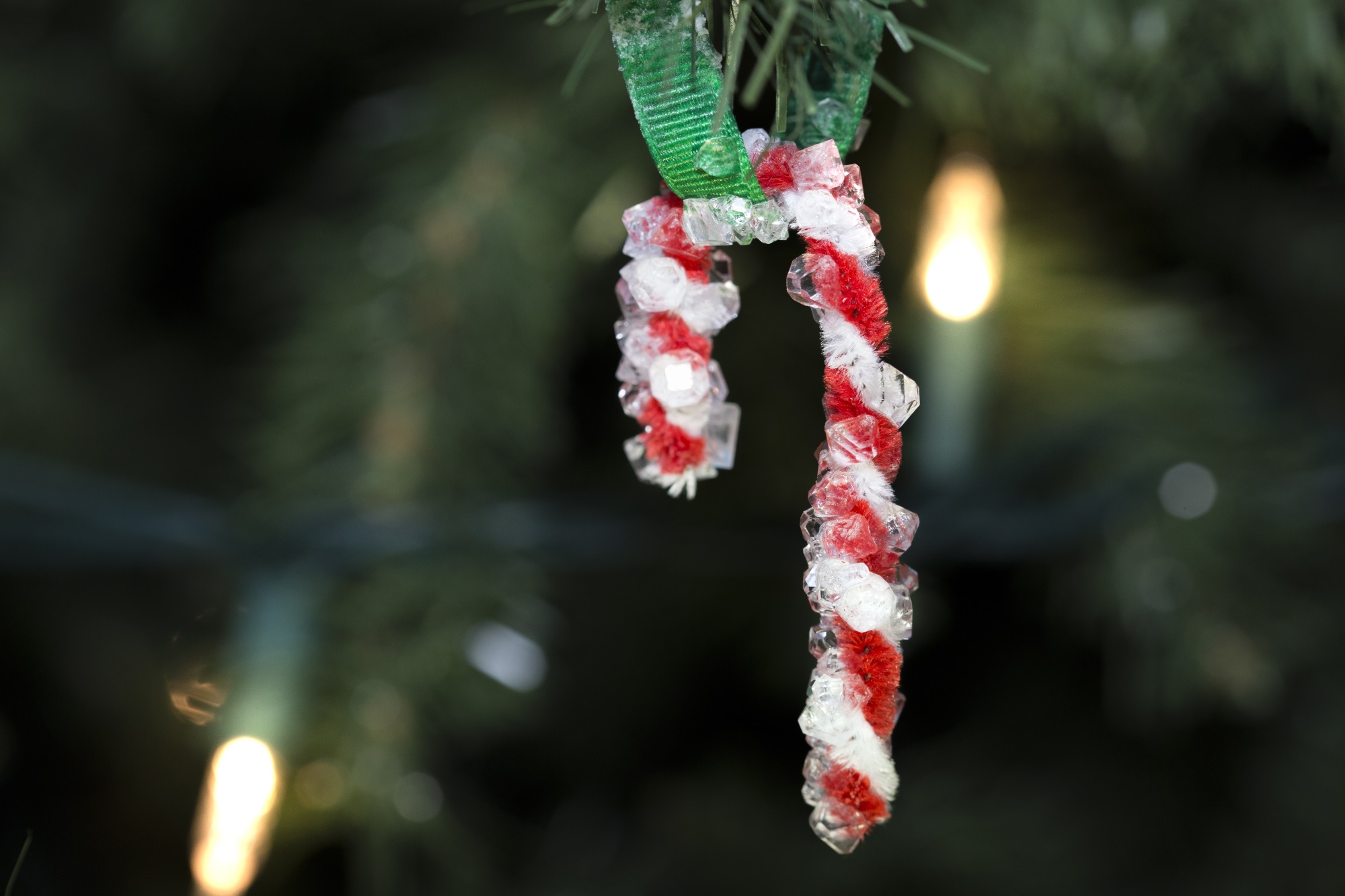
If you think the holidays are all about twinkling lights and gingerbread in the oven and hand-written letters to Santa – then yes, you’re right. These things are pretty standard this time of year.
But you’re only seeing half the magic.
Actually, the other half isn’t magic at all. It’s science and it’s all around us this holiday season. Like tinsel. You just can’t escape the stuff.
But where can you find science amongst the crowded malls and slippery streets? Glad you asked! Our merry band of nerdy elves have identified several places to spot (and experience) science this holiday season so you can become an Honourary Scientist.
Hot chocolate and marshmallows
Before you throw that handful of marshmallows into your mug of hot chocolate, consider the science behind those squishy morsels.
For this one, we went straight to our President and CEO (chemistry expert and resident marshmallow specialist), Dr. Laurier Schramm:
Marshmallows are a kind of semi-solid foam made from a syrup, like corn syrup, that has been mixed with a foaming agent (like hot gelatin) and some flavouring (like vanilla). When these are all whipped together, air is introduced into the syrup, making the foam. The hot foam is then poured into molds, covered with a light coating (such as a mixture of cornstarch and sugar), and cooled. The result is a batch of semi-solid foam cubes that aren’t sticky until you bite into them.
When you put marshmallows into hot chocolate, the gelatin melts, releasing the trapped air bubbles, yielding an even sweeter drink courtesy of the syrup and flavouring that are released. Although melting marshmallows in hot chocolate is traditional, you could try the same thing with any hot drink, like coffee or tea!
Playing carols on your smartphone
When you tap your smartphone’s screen to replay, “Frosty the Snowman” for the hundredth time, there’s a good chance you’re actually tapping a mineral.
Rare earth elements (REEs) are composed of 17 chemical elements in the periodic table. They are a valuable resource because of their wide range of uses and can be found in things like batteries, medical devices, jet fighter engines, electric cars and your smartphone! Learn more.

Crystal candy cane tree decoration
When it’s too cold and windy to play outside, bring out the pipe cleaners and try your hand at crystal candy canes! This is a fun take on a geode experiment we shared this summer and the science is very similar (except you’re using a candy cane-shaped pipe cleaner instead of an eggshell). Try the experiment.
How does it work? The alum powder acts as the source for the crystals that grow on the candy cane. As the hot alum solution cools, the alum powder settles to the bottom of the container and begins crystallizing on the candy cane.

The perfect turkey
Chefs are scientists too! Making sure your turkey is the perfect doneness takes science and some experimenting. According to the chefs over at Serious Eats, dry-brining will not only give you a moist turkey, but one with extra-crisp skin.
A dry-brine uses salt and baking powder to break down muscle protein so that the juices can be reabsorbed. A reaction between the baking powder and the juices creates little bubbles on the skin, which when baked, become crispy!
Snowflakes
Ah, the hexagonal crystal wonder. When big fat snowflakes land on your windowpane or windshield, you’ll see they aren’t just white round dots. A snowflake forms when a cold water droplet comes in contact with a dust particle and freezes.1
Every snowflake has a unique shape, which is influenced by the atmosphere’s temperature and humidity. A warmer winter day will produce the most complex snowflakes, because there’s more moisture in the air.
Now that you’ve science-d your way through the holidays, download your Honourary Scientist certificate.
See some cool, unexpected science in your day? Tag your photos #sciencewithsrc
References:
1. National Oceanic and Atmospheric Administration: http://www.noaa.gov/stories/how-do-snowflakes-form-science-behind-snow
